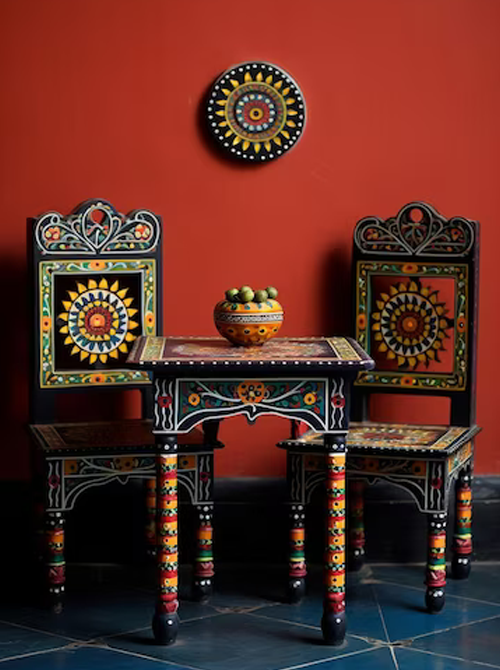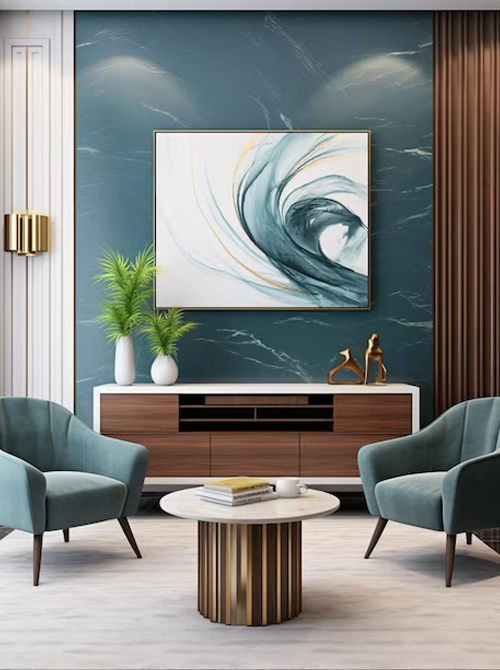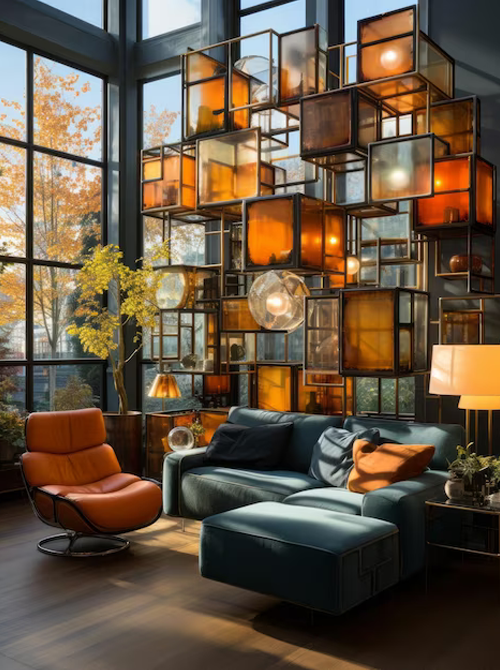
Types of Interior Design
Do you wish to enliven your recently developed home? You should be searching for something else and exceptional. Looking for topical motivation? The skilled interior designers are available to assist. Planning your home inside with the inventive subject has turned into a pattern. This section will focus on the various types of interior design. An ideal plan will be laid out with a mix of remarkable design styles, present-day embellishments, and experienced specialists. Kids who are interested in design and creativity may pursue it as a career because of this connection. The kinds of inside planning courses will carry new energy to concentrate on this matter.
Different Types of Interior Designing Styles
The sorts and styles of inside planning are a large number. Examining all in a solitary content is actually quite troublesome. Some vital and famous assortment of Indian planning are examined beneath:
- Traditional Interior Design
- Modern Interior Design
- Transitional Interior Design
- Industrial Interior Design
- Rustic Interior Design
- Scandinavian Interior Design
- Bohemian (Boho) Interior Design
- Coastal Interior Design
- Art Deco Interior Design
- Mid-Century Modern Interior Design

Different Types of Design
Interior design is a multifaceted field that encompasses various styles and approaches to creating functional and aesthetically pleasing living and working spaces. Here are some common types of interior design:
Traditional Interior Design: Traditional design draws inspiration from classic and timeless styles, often featuring ornate furniture, rich colors, and intricate patterns. It creates a warm and cozy atmosphere with a focus on symmetry and balance.
Types of Traditional Interior Design
Rich Color Palette: Traditional interiors often feature a warm and rich color palette. Earthy tones, deep reds, golds, greens, and blues are commonly used. These colors create a cozy and welcoming ambiance.
Ornate Details: Traditional design incorporates ornate and decorative details, including crown moldings, wainscoting, coffered ceilings, and intricate woodwork. These elements add a sense of elegance and grandeur to the space.
Classic Furniture: Traditional furniture is typically characterized by its timeless and classic designs. Pieces often have curved lines, carved wood details, and upholstered fabrics with traditional patterns like damask, floral, or stripes.
Symmetry: Symmetry plays a significant role in traditional design. Rooms are often arranged with a sense of balance, where furniture and decor are evenly distributed on either side of a central focal point, such as a fireplace or a piece of art.
Antiques: Traditional interiors often incorporate antique furniture and decor items. These items add a sense of history and authenticity to the space.


Modern Interior Design: Modern design is characterized by clean lines, minimalism, and a focus on open spaces. It often incorporates a neutral color palette, sleek furniture, and a sense of simplicity.
Types of Modern Interior Design
Clean and Simple Lines: Modern design is known for its clean, straight lines and absence of excessive ornamentation. Furniture and architectural elements feature sleek, streamlined shapes.
Neutral Color Palette: Modern interiors often use a neutral color palette, including whites, grays, blacks, and earth tones. Bold accent colors may be used sparingly to add visual interest.
Open Floor Plans: Modern homes frequently have open floor plans that create a sense of spaciousness and fluidity. This design approach allows for a seamless flow between living spaces.
Large Windows: Natural light is a crucial element in modern design. Large, expansive windows are common, and they often allow for unobstructed views of the outdoors.
Minimalist Furniture: Modern furniture is minimalistic and functional, with an emphasis on comfort. Pieces often have clean lines and simple forms, free of excessive decoration.
Contemporary Interior Design: Contemporary design is ever-evolving and reflects current trends and influences. It often combines elements of modern and traditional design, creating a fresh and up-to-date look.
Types of Contemporary Interior Design
Geometric Patterns: Contemporary design incorporates geometric patterns and shapes in decor elements, such as rugs, pillows, and artwork. These patterns add a sense of order and visual interest.
Bold Accents: To add visual interest and personality to the space, contemporary design incorporates bold and vibrant accent colors. These can appear in furniture, artwork, or accessories.
Open and Airy Spaces: Like modern design, contemporary interiors favor open floor plans that create a sense of spaciousness and flow between living areas. Large windows and minimalistic window treatments maximize natural light.
Clean Lines: Clean, straight lines are a hallmark of contemporary design. Furniture and architectural details typically feature sleek and unadorned shapes.
Minimalistic Furniture: Contemporary furniture is minimalistic in design and often prioritizes functionality. Pieces may have modular or multifunctional features to adapt to various needs.


Transitional Interior Design: Transitional design bridges the gap between traditional and modern styles. It incorporates elements from both but maintains a sense of balance, comfort, and harmony.
Types of Transitional Interior Design
Subtle Use of Bold Accents: While transitional design leans toward understated elegance, it incorporates occasional pops of color through accessories, artwork, or accent furniture.
Mix of Materials: Transitional spaces often incorporate a variety of materials, including wood, stone, glass, and metal. This mix of textures and materials adds depth and visual interest.
Furniture with Timeless Appeal: Furniture in transitional interiors typically has classic lines and shapes but may feature contemporary fabrics and finishes. The Pieces are comfortable and inviting.
Balance and Symmetry: Similar to traditional design, transitional interiors often maintain a sense of balance and symmetry in furniture placement and decor arrangement.
Functional and Livable: Transitional design prioritizes comfort and functionality. Furniture is chosen for both aesthetics and usability.
Industrial Interior Design: Industrial design draws inspiration from old factories and warehouses. It often features raw materials like exposed brick, steel, and concrete. The design embraces a sense of "unfinished" aesthetics.
Types of Modern Interior Design
Innovative Materials: Modern design incorporates innovative materials such as glass, steel, concrete, and plastics. These materials contribute to a sleek and contemporary look.
Open Shelving: In modern kitchens and living spaces, open shelving is a popular choice for storage. It provides a minimalist and accessible storage solution.
Geometric Shapes: Modern design often features geometric patterns and shapes in decor elements like rugs, artwork, and furniture. These patterns add visual interest to the space.
Functionality: Modern design prioritizes functionality and practicality. Furniture often has multiple uses or built-in storage solutions to maximize space.
Technological Integration: Modern homes often incorporate technology seamlessly. This can include smart home features, integrated sound systems, and advanced lighting controls.

